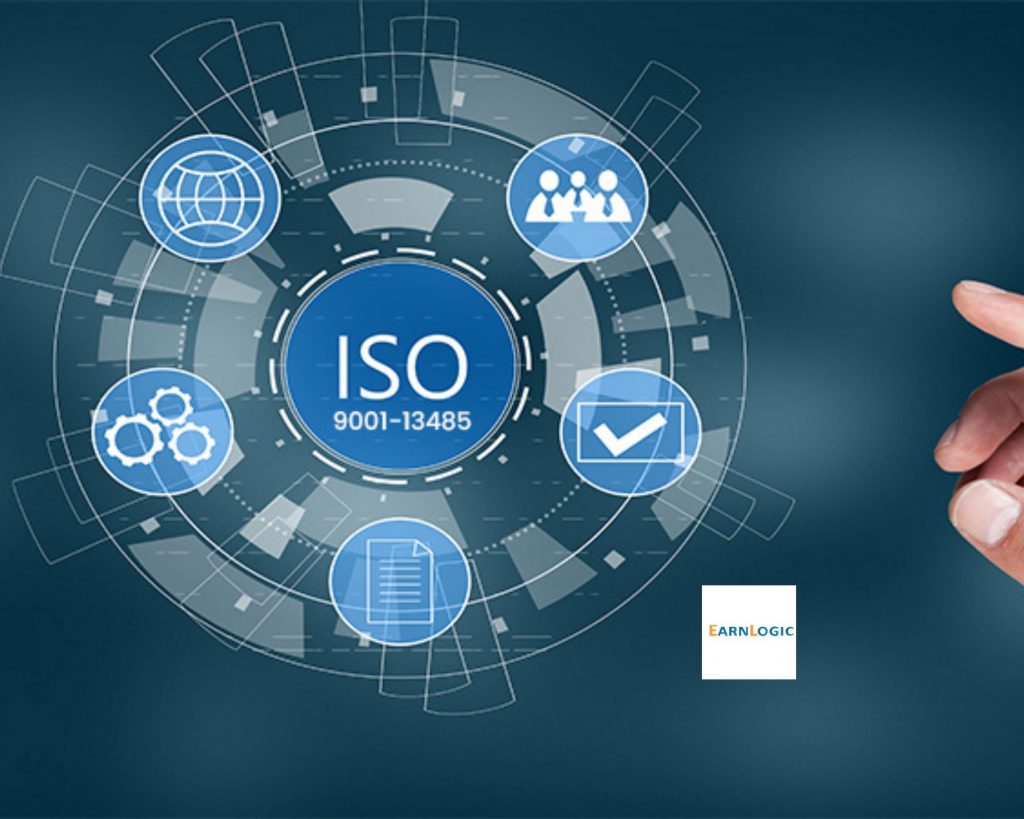There are three types of Internal Organization for Standardization (ISO) audits first-party audits, second-party audits, and third-party audits. In any case, just the third-party audit brings about an ISO certification.
First-Party Audits
First-party audits, or inward audits, are normally performed inside an organization to quantify the qualities and shortcomings comparative with its interior business goals. This ISO audit is fundamentally a congruity evaluation to check for consistence holes and set up an association for an outer ISO certificate audit, i.e., a third-party audit.
Ordinarily, the examiners playing out the first-party audit will be workers of the endeavor; be that as it may, they shouldn’t have a personal stake in that frame of mind of the audit.
Second-Party Audits
A second-party audit, or outer audit, is generally performed in line with a client (or an organization contracted to follow up for the client’s sake) on a provider of products or services.
The second-party audit guarantees that the provider is doing what it says it’s doing in light of the authoritative arrangements set up. For this situation, qualified staff individuals or workers of an external counselling firm can play out a second-party audit.
An organization will probably need to consolidate a second-party audit with a first-party audit so it will be aware in the event that it’s prepared for an ISO certificate.
Third-party Audits
The third-party audit is a certificate audit. An association ordinarily embraces an third-party audit when it needs to accomplish an ISO certification. During the certificate audit, a certification body auditor surveys whether an endeavour consents to the suitable ISO standard. Provided that this is true, the certification body auditor will grant the certification.
The American Society for Quality recognizes three sorts of audit: an process audit, an product audit, and a system audit.
A process audit checks that an organization’s processes meet the prerequisites for the specific norm for which the association is looking for certificate.
As a feature of this audit process, the auditor may:
- Analyse the organization’s adherence to the standard’s prerequisites. These could incorporate (however are not restricted to) time, temperature, responsiveness, and part blend.
- Take a gander at the assets, techniques, and climate the organization uses to change inputs into yields, as well as the standards used to decide execution.
- Inspect the process controls to ensure that they are both productive and powerful. The examiner may likewise investigate day to day tasks and preparing techniques to guarantee that the assumptions for the standard have been met.
A product audit examines a specific product or service, like equipment, handled material, or programming, to assess whether it adjusts to the important norm.
A system audit inspects an service system. These audits are intended to survey a system impartially to confirm that the actual system is compelling and its improvement has been in accordance with standard necessities and recorded suitably.
Since most ISO principles that are qualified for certification administer systems, e.g., quality service systems, data security the executives systems, sanitation the board systems, natural service systems, ISO certificate audits are by and large system audits.
There are more than 23,000 ISO norms, including the ISO 9000 group of principles that administer quality service systems. ISO 9001 is the main norm in this gathering qualified for certification. ISO 14001 offers heading on the best way to foster a successful natural service system. Furthermore, ISO 27001/27002 is a data security standard.
What happens assuming that the Company Fails an ISO Audit?
Assuming an association bombs an ISO audit, it should make a corrective move to cure the issues. There are sure things an organization can do to fix the issues and accomplish the ISO certificate, including:
1.Investigate what is going on: The inspector’s non-conformance report will portray whether there was a “minor non-conformance” or a “significant non-conformance.”
- A minor non-conformance implies the examiner has tracked down minor holes in the venture’s ISO consistence. For instance, perhaps the organization didn’t follow one ISO prerequisite or an individual didn’t have the essential documentation to exhibit consistence.
- A significant non-conformance demonstrates that the service system under assessment has a tragic defect and is missing something basic that is important to accomplish hierarchical objectives or safeguard clients. For instance, perhaps the organization didn’t execute a basic strategy or prerequisite or the association hasn’t made the important preventive or restorative move to guarantee consistence.
Make a corrective move:
A minor non-conformance will not keep an association from accomplishing an ISO certificate as long as it quickly makes the vital restorative move to correct the issues illustrated in the report. Notwithstanding, a significant non-conformance will block certificate. To accomplish certificate, the venture should plan another audit.

Renewal
Are you searching for ISO Certification Renewal? Then, at that point, you’re perfectly located. We will give a short information on the ISO testament renewal process in this blog.
Most importantly, in the event that your business or organization has been licensed under ISO principles, it implies that your association as of now has a brand esteem/standard on the lookout. To keep up with this stand ability, your business should consent to a renewal interaction toward the finish of at regular intervals process to refresh the certificate. It is utilized for business development.
Consistent improvement is one more level headed of the renewal certification.
Three documents are required for this process, as portrayed beneath:-
- Recent ISO certificate, whose 3-year validity is finished or expired.
- GST registration/GSTIN Number or Udyam registration certificate of your business, which is enlisted with your association.
- Letterhead, which is alluded to as the Scope of work. This letterhead should be for what it’s worth as in your terminated certificate.
You can likewise give one duplicate of oneself bill and purchase bill. And furthermore you can give a meeting card if accessible. These are discretionary archives.
Process of ISO certification renewal:-
To renew the ISO certificate, follow these means as given underneath:
1: Visit the ISO Certificate Registration Website
2: Fill all the data on ISO Certification Registration Form.
3: Make your ISO Registration Application Payment Online.
4: One of the leaders of ISO registration will confirm your reports and interaction your work for ISO certificate.
5: Within a couple of working days, you can accept your renewed ISO testament at your enrolled email address as well as by messenger at your location.
Additionally, you can check your ISO certificate validity as given beneath:-
- Visit iso registration here
- Enter the details of your certificate.
- Click on Submit button.
Your certificate details are given there underneath.
Renewal ISO certificate is must for keeping up with the business standard ability on the lookout. You won’t deal with any issue assuming you adhere to the plan. Since the ISO standard accentuates great record keeping and consistent improvement, you simply have to agree with it determinedly to guarantee that your certificate is renewed.
